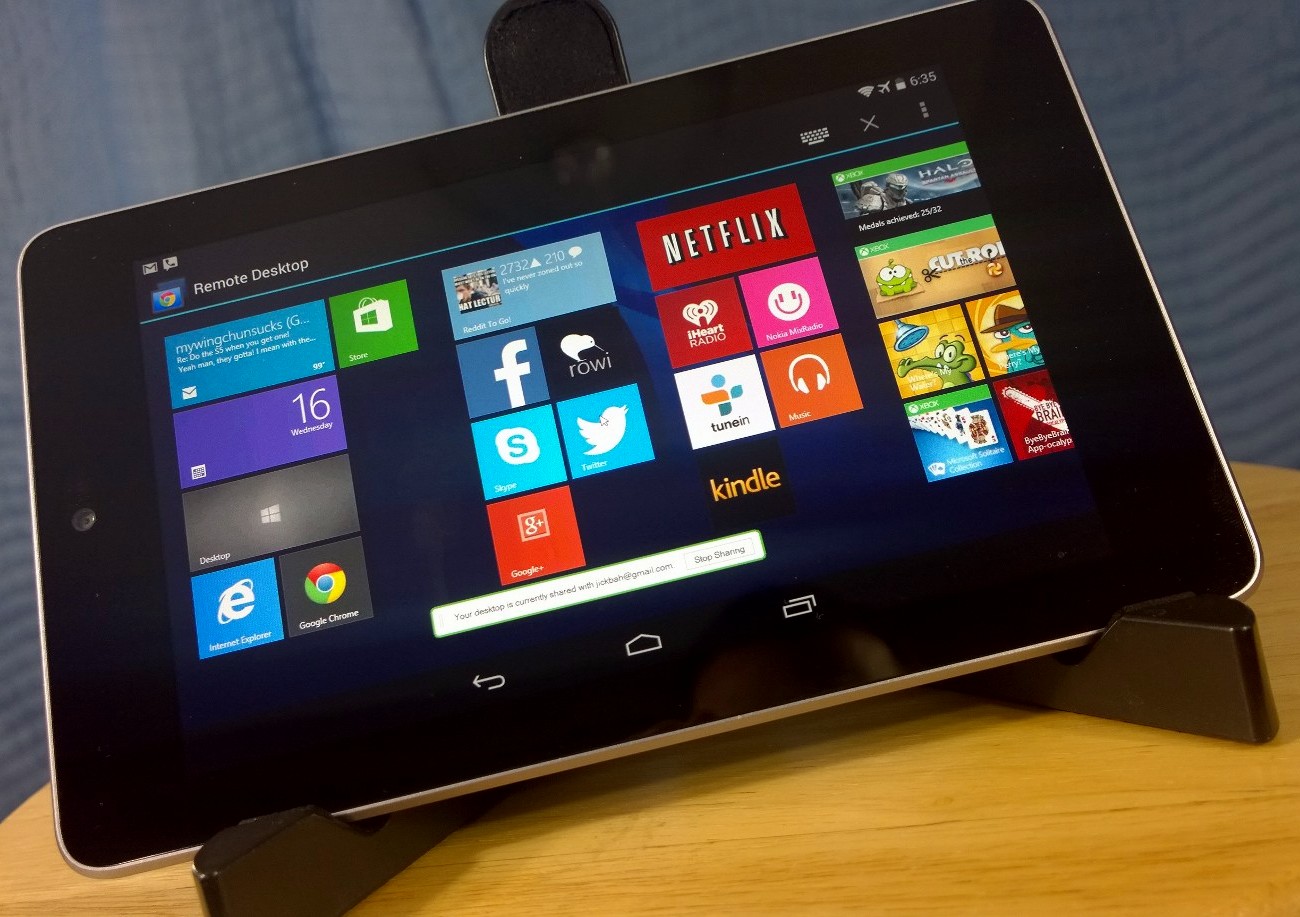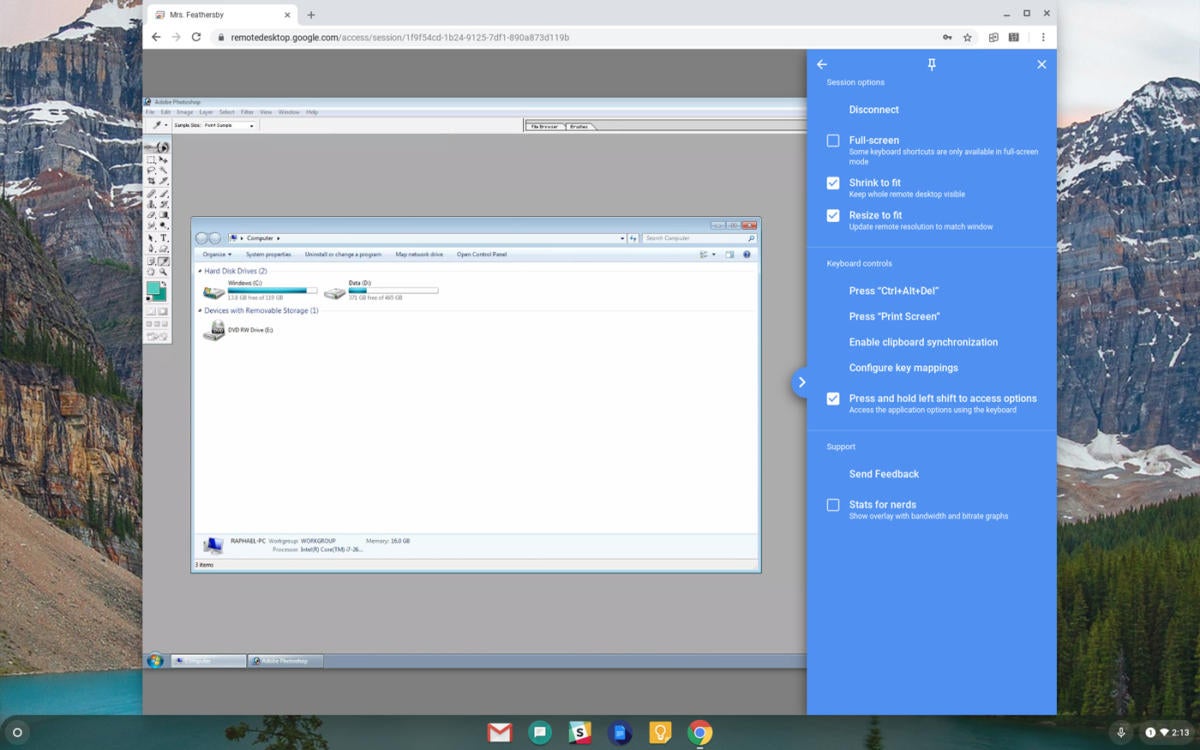

On the server, start a VNC server that only listens for connections from localhost: vncserver :1 -localhost.

The behavior of that argument is explained in another Previous Post. SSH to the VM using the Secure Shell extension, but include -L 5900:localhost:5900 in the SSH Arguments: field. Sudo apt-get install chrome-remote-desktop xvfb xbase-clients python-psutilĮstablish a VNC-over-SSH connection to the server (this is intended to be one-time, since in the future we’ll use Chrome Remote Desktop) # **TODO(jonmccune)**: Use gnome and not xfce4 Sudo apt-get install google-chrome-stable tightvncserver psmisc xfce4

Add Google’s apt package signature verification public key.

Prepare the server system to be able to create a VNC-based desktop environment and run its own instance of Chrome (which will be the server in our ultimate Chrome Remote Desktop sessions) I would love to find a way to avoid the need for this. Note that the web-based SSH client integated with is not sufficient as we will be forwarding ports to setup a secure VNC connection to interact with Chrome on the server system.Configure the Secure Shell client as described in a Previous Post.Install the Chrome Remote Desktop extension.There are a lot of ways that this could be improved (e.g., via coding it up so that some or all of these explicit commands can be automated away), but I’ve deemed it coherent enough to write down as-is. I haven’t figured out how to get there in one click, but the steps below did get me to the point of being able to use Chrome Remote Desktop from my Chromebook to connect to an Ubuntu VM running on Google Compute Engine. I think it would be awesome to have a one-click virtual (and potentially extremely powerful) workstation (Linux in this case, though other OSes would be nice as well) that offered easy-to-use remote desktop support from a lightweight client machine. As such, it includes an uncomfortably high number of TODOs. Warning: This post brought to you by the miracle that is in-flight WiFi. Update(): Google has its own documentation that is much simpler than the instructions in here.


 0 kommentar(er)
0 kommentar(er)
